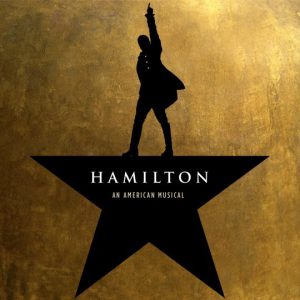As the world of history becomes more digitized, issues of lost information and how best to present information become prevalent. As stated in the chapter “Becoming Digital” by Roy Rosenzweig, when digitizing handwritten materials, a lot of the key information within those texts is unintentionally lost. These losses can include the valuable information written the margins of card catalogue cards, or the general layout of an original work, such as spacing, paragraph breaks, etc. This issue of lost information becomes especially important when trying to digitize handwritten manuscripts. If there is an image of the document it is easier to understand what the original author meant (unless you can’t read cursive and old English, then you still may have a problem). However, going just by a typed translation, a researcher loses a lot of meaning. For example, when I was researching some of Alexander Hamilton’s correspondence for a paper, I found myself having to use both FoundersOnline as well as the Library of Congress website (LOC.gov). I used the typed translation on FoundersOnline to get the general gist of the letter or essay, and then went back to the actual scanned/photographed image of the original document on Library of Congress to see Hamilton’s exact handwriting and his word spacing and other typically missing pieces in typed translations (as mentioned above). Having both options and being able to use them together allows researchers to work more quickly and efficiently than in previous decades before the introduction of digitization, but also allows for the lost pieces of information to be regained by keeping a piece of the analog world with it.
Once all of these different historical resources (audio, visual, and text), become digitized the new challenge becomes how to disseminate this information to as many people as possible. This is where the Internet comes in handy. Now, historical institutions can create website to post all the information they have just digitized. However, as the chapter “Designing for the History Web” states, just like when writing a book a website creator must be aware of the balance between giving their audience as much information as possible without overloading them with pages upon pages of black text. Rosenzweig also argues that while you don’t want a page that is all text, you also don’t want a page that is all images and graphs, or as he quote web designer Edward Tufte: “chartjunk.”
The best websites that I have used for historic research are the ones that balance text and images well and cleanly. Some examples of this are the previously mentioned Library of Congress and FoundersOnline (the latter of which is more user friendly than the first), as well as different museum website such as the site for Connecticut Historical Society (CHS.org) or the website for the Smithsonian Institute (SI.edu). I use all four of these websites quite often because none of them bombard me with text, but also give enough easily accessible information that I am not trying to find what I need somewhere else. These diverse examples prove that it doesn’t matter how large your museums or collections are, it’s how you are able to present the information to the public. As a Connecticut History Day judge for the past three years, that is something I try to teach the kids whose websites I am judging. It’s not about making the website flashy and exciting and overly busy. It’s about getting the information you want your audience to know out there in a easy to read and attractive way.
